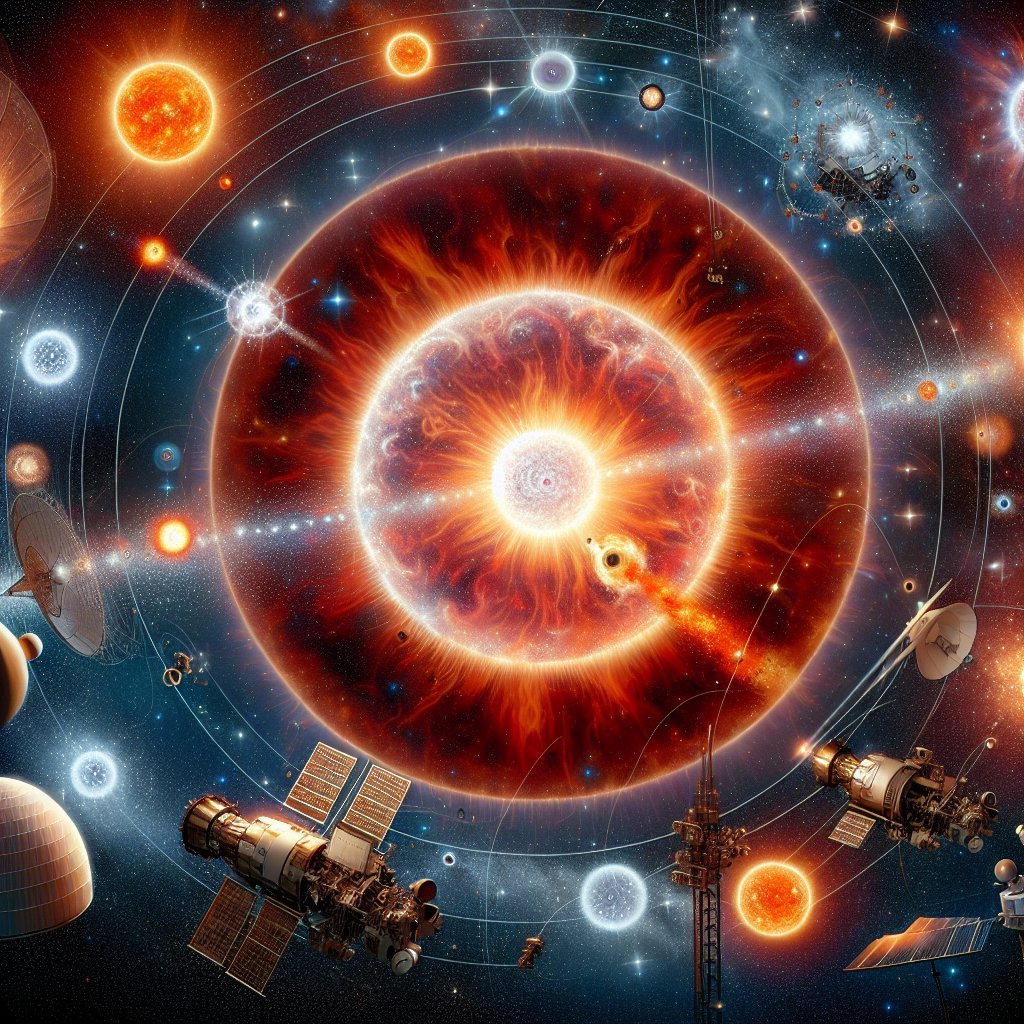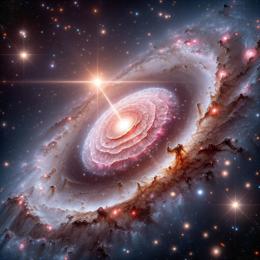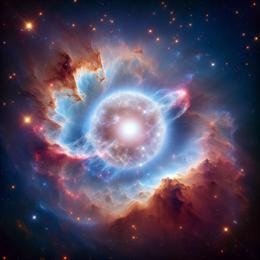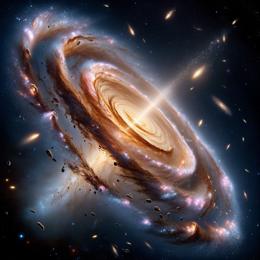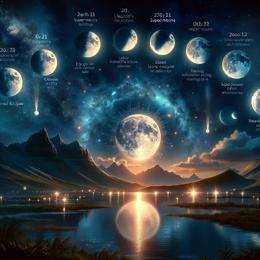Image created by AI
A Stellar Spectacle: T Coronae Borealis Set to Illuminate the Northern Sky
Skywatchers are on the brink of witnessing an astronomical marvel as T Coronae Borealis, known as the "Blaze Star," prepares for a spectacular performance. This binary star system is about to trigger an explosive nova event that is expected to escalate the brightness level in the sky, rivaling stars like Polaris. According to NASA, the occurrence could happen anytime between the present and September 2023.
A nova, distinct from a supernova, is an eruption from a white dwarf star that gains matter from its celestial partners. The "Blaze Star" consists of such a white dwarf closely orbiting with a red giant. As they engage in a cosmic dance, the red giant sheds material onto the white dwarf until a critical moment when a thermonuclear reaction ignites, causing the nova.
This celestial duo, nestled in the constellation of Corona Borealis, is part of a rare class of recurrent novae, having shown its previous outburst in 1946. The anticipation for this event has been building since last year when the star began to dim—a precursor to its eventual rebirth in radiance.
The significance of this event lies not only in its visual splendor but also in its scientific value. By monitoring T Coronae Borealis, astronomers aim to unravel the mysteries of mass exchanges in binary systems and study the nuances of thermonuclear runaways on white dwarfs' surfaces.
During the projected peak of the nova, it is believed that the star will be clearly visible to the naked eye, with a luminosity comparable to the North Star. Observers in the Northern Hemisphere can expect a few days of unaided spectacle, after which the star will fade, only to be perceivable through binoculars for a week more.
The Hubble Space Telescope and other advanced observatories, such as the Neil Gehrels Swift Observatory, plan to seize this opportunity to observe the event through various spectrums, including X-ray and ultraviolet light.
Excitement within the astronomical community is palpable, with veteran observers like William J. Cooke reminiscing past nova observations which solidified their careers in the field. NASAUniverse on X (formerly Twitter) will be providing updates on the development of this event, ensuring that enthusiasts and professionals alike will not miss out on this rare gem in the sky.
